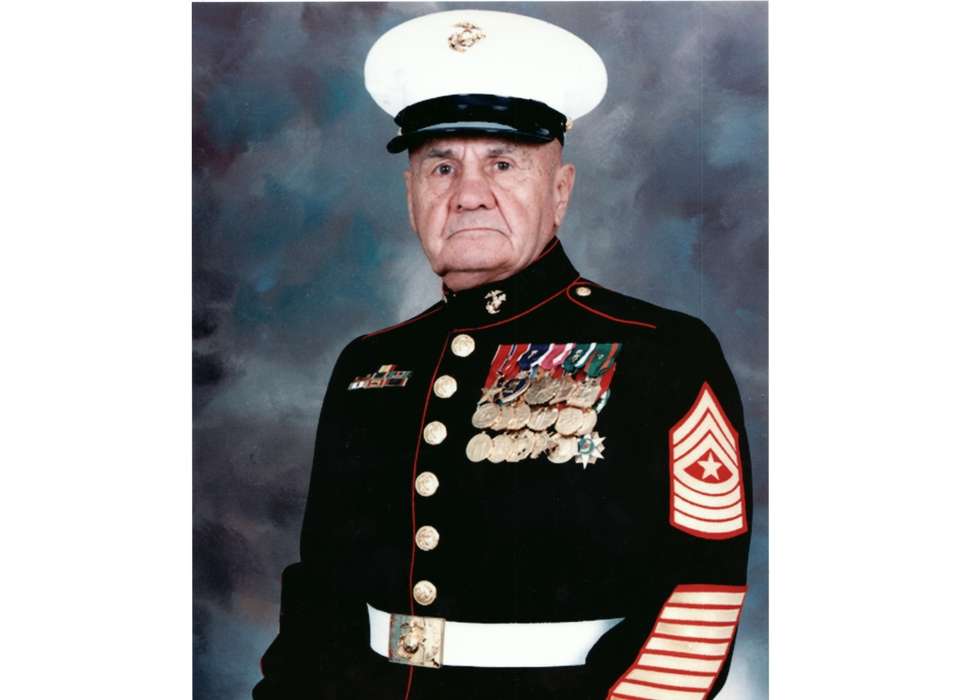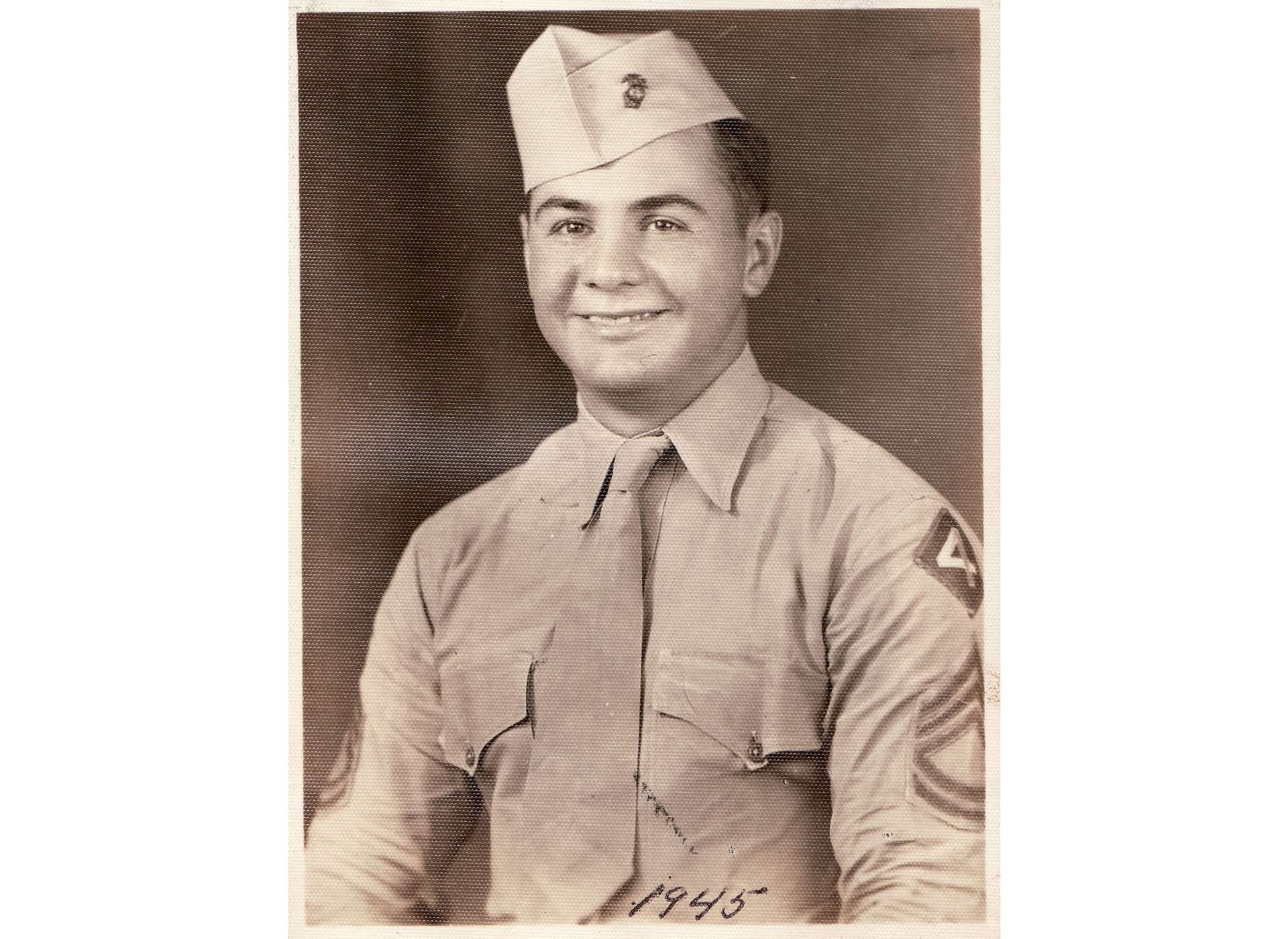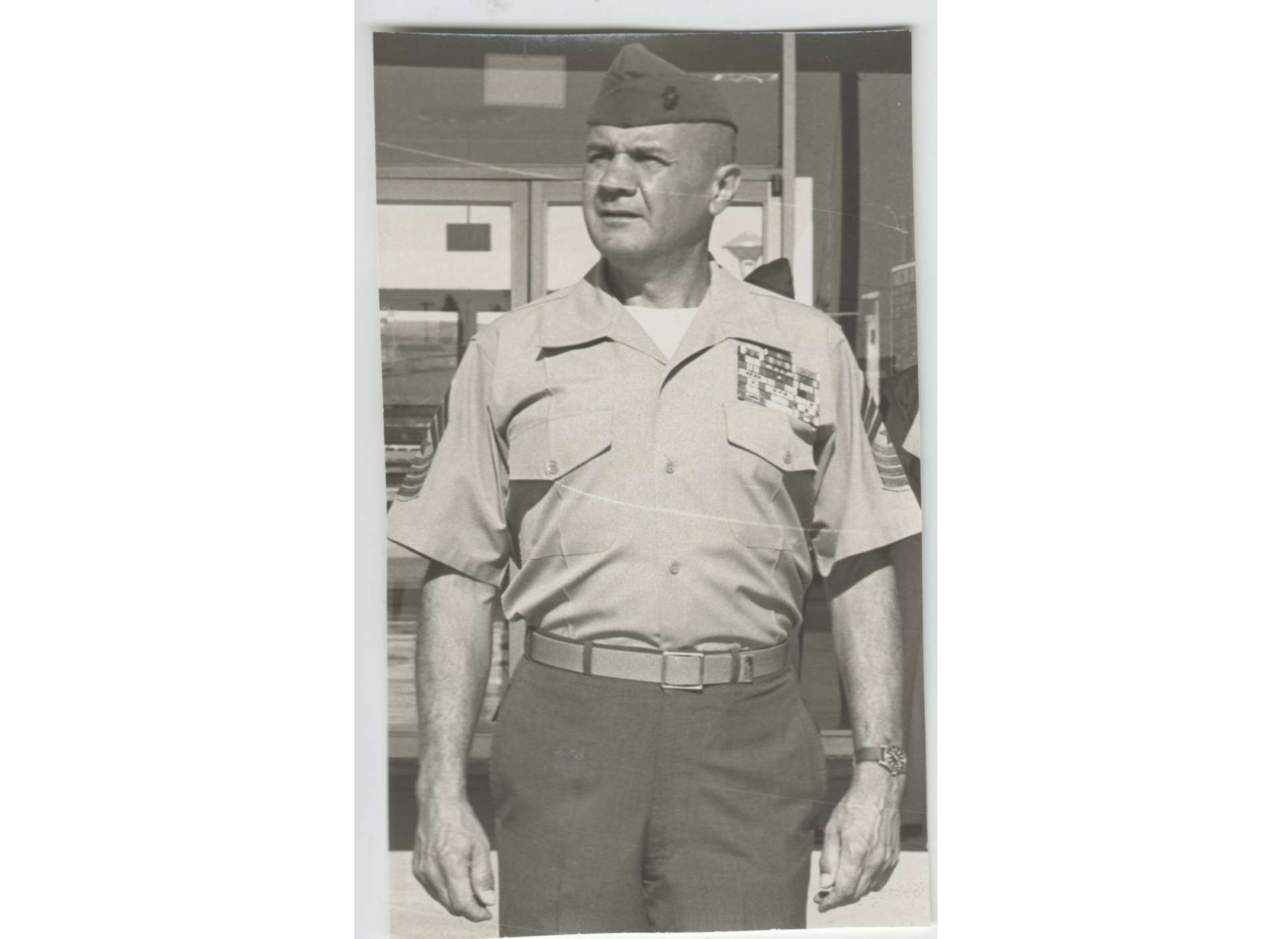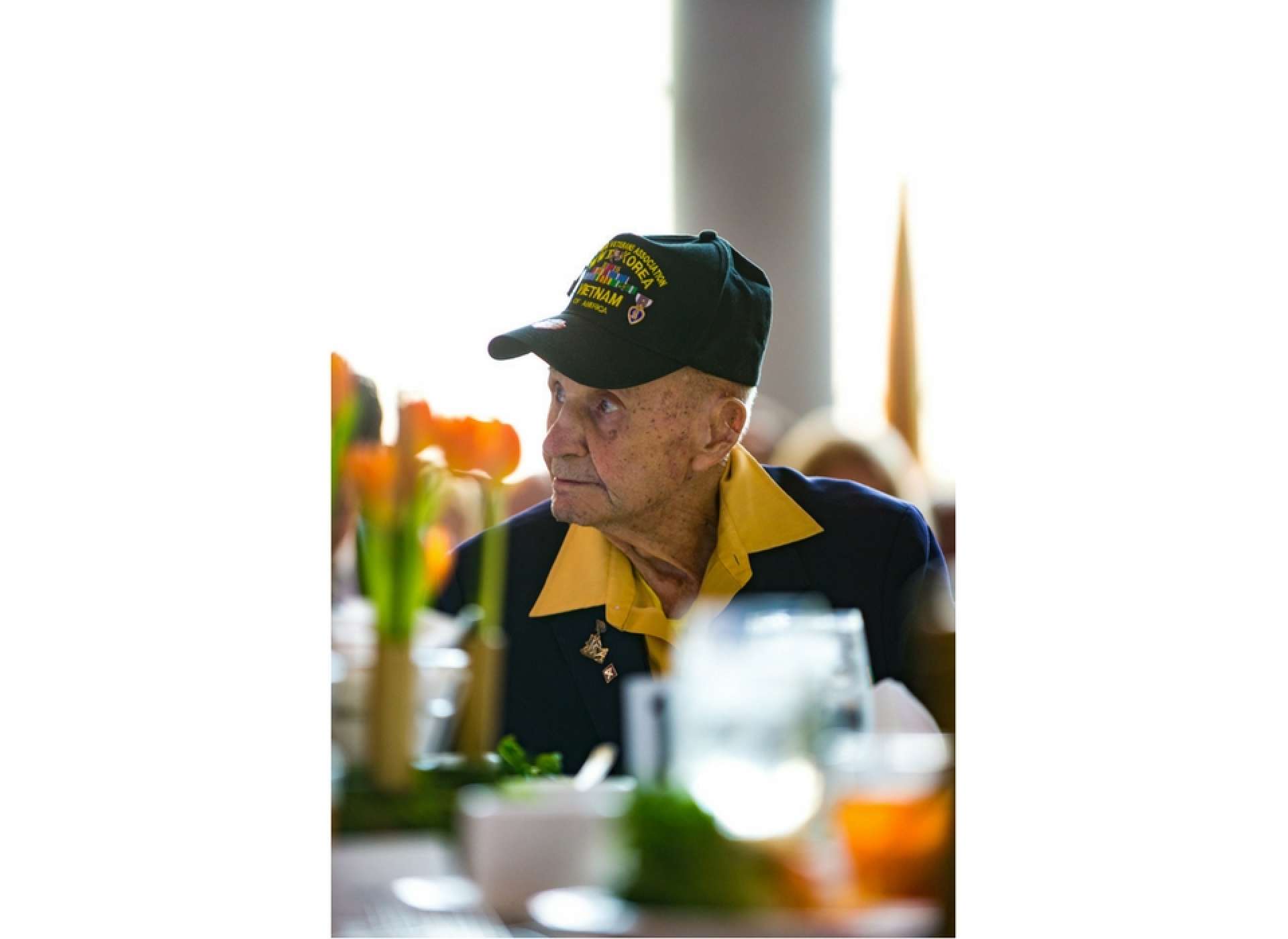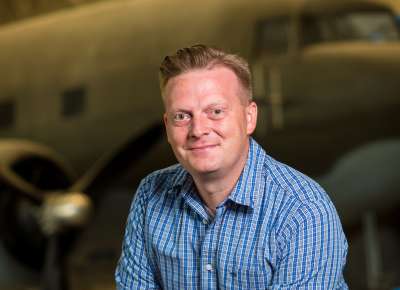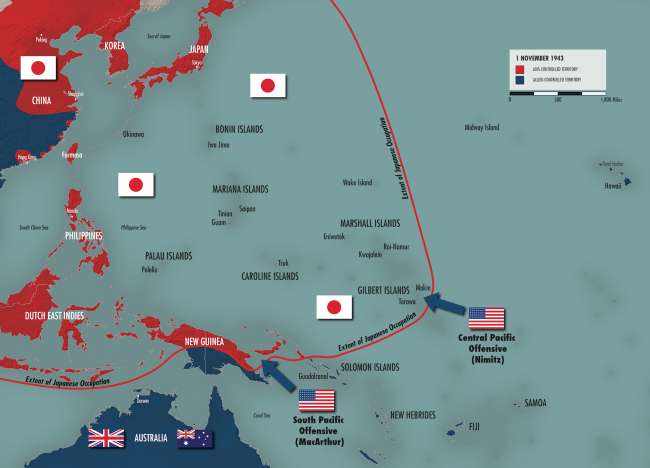In the 13 years I served as a historian in the museum’s Research Department, I had the honor and pleasure to get to know and meet some of this country’s greatest men, its finest heroes. These were men whom I read about when I was a child, men who were giants among other giants, legends and heroes. I was honored to call many of them friends, some very good and close friends. One of the downsides to calling 85- to 95-year-old men your friends is watching them all fade way before your eyes. I've seen too many pass away and I mourn them all the time.
I almost got used to it—until last week.
On November 3, I learned that one of my personal heroes passed away. “Iron” Mike Mervosh, the toughest man I have ever had the pleasure to know, passed away at home on Halloween night. He was 94. Mike was a veteran of the 4th Marine Division, fought at Roi-Namur, Saipan, Tinian, and Iwo Jima. Later, he fought in Korea and did two tours in Vietnam, surviving a Huey crash armed with only a .45 and his guts, which he had in abundance. He was the epitome of a US Marine. Ramrod straight in his posture, he looked like a bulldog, still carried a dip cup, and talked like he ate glass and washed it down with napalm.
Mike was born in the steel town of Pittsburgh in 1923. After the attack on Pearl Harbor, he enlisted in the Marine Corps. He always insisted that he wanted to fight to be the man that was in the thick of it doing his duty for the country he loved. Mike took his recruit training at Parris Island and was one of the first Marines to be sent to the brand-new 4th Marine Division then forming at Camp Pendleton. His first taste of combat came when he landed on Roi-Namur and continued to the Marianas where he landed on Saipan and Tinian.
While the first three landings were tough, nothing could have prepared Mike for what he would encounter on Iwo Jima. Landing on D-Day, Mike engaged the enemy on Iwo almost constantly for 36 days. He was wounded three times on Iwo Jima, refusing evacuation each time so that he could stay with his Marines.
His response when he was asked about whether or not he saw the famous flag-raising on Iwo was typical Mike. “No,” he said. “I was too busy killing and fighting the enemy, and saving my rear end, up in the northern part of the island.”
By the end of the battle for Iwo, Mike’s company had been whittled from 331 men down to only 31 who were able to walk off the island, with then-Sergeant Mervosh acting as company commander. When asked about all the fighting he was a part of in three wars, Mike always said that Iwo was the worst of them all by far.
Mike stayed in the Corps for 35 years. His final assignment was that of Fleet Marine Force Pacific Sergeant Major, the largest field command in the Marines. When he retired in 1977, he was the most senior enlisted man in the US armed forces. Mike was decorated for valor in combat 11 times and earned 13 battle stars in three wars. He truly was the definition of the term “legend.”
Mike was the kind of guy you swore would outlive everyone despite his age. He wanted to die with his boots on and that, apparently, he did. When he was last at the Museum—to receive the Silver Service Medallion at the American Spirit Awards—I was with him all weekend. Historian-Curator Tommy Lofton and I talked and said this was the last time we would probably see Iron Mike.
When I dropped him off at his hotel, I went to shake his hand and told him goodbye and that I would see him again. He grabbed my hand with both of his (something he did not do), looked me straight in the eyes and said, "Sure." I replied, "I'll see you again soon, Mike." Again he squeezed my hand and looked me in the eye and said, "I want to thank you for all you guys have done for me." I squeezed back, smiled, and said, "Mike, it's been my honor to know you and honor your buddies." I walked away slightly misty eyed, knowing that it was the last time. I think he did, too.
Mike always wanted to be known as just a regular, raggedy assed, combat Marine. He told me one time, “I always wanted to fight. It’s what makes Marines different. I wanted to be a warrior. Me and my Marines, we were warriors.” The last time he was here, I heard a Museum volunteer ask him, "What was your MOS (Military Occupational Specialty code)?" Mike responded straight-faced and steely-eyed. "I'm a killer,” he said. “Killer was my MOS." Yes it was, Sergeant Major. Yes it was.
Rest easy, warrior. You and your Marines will never be forgotten. Semper Fi.
"Iron" Mike Mervosh's story is among the many personal accounts of the war years featured in the Museum's Dog Tag Experience. Watch his Museum oral history here.
Seth Paridon
Seth Paridon was a staff historian at The National WWII Museum from 2005 to 2020. He began his career conducting oral histories and research for HBO’s miniseries The Pacific and holds the distinction of being the first historian hired by the Museum’s Research Department. In the 12 years he was Manager of Research Services, Seth and his team increased the oral history collection from 25 to nearly 5,000 oral histories.
